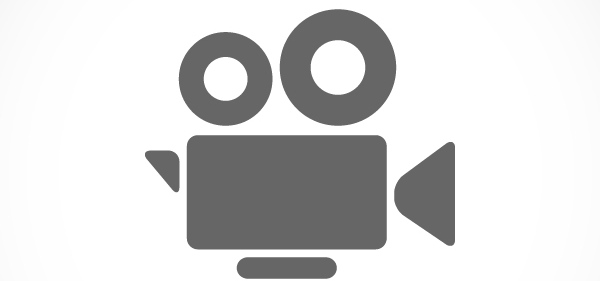It’s been a long day at work and as you open the front door to your house, you realize how happy you are to be home. The familiar comforts and smells welcome you back as you walk into your living room and plop down on the couch.
“Siri, I’m home!” you announce.
The lights near you brighten and the air conditioner jumps to life. Everything is just the way you want it to be, and yet you haven’t done so much as lift a finger to get it that way.
This might sound like the fictional 1999 Disney movie Smart House, but Apple wants to make it a reality – without an evil robot sabotage of course.
Enter Home Kits, Apple’s solution to a more connected home. Centered around revolutionizing the way people interact with their appliances, Home Kits introduces the first commercialized app built-in to your smartphone that unifies “smart home” products into one easy-to-use bundle. This means that instead of having to type in separate codes, push a few different buttons and secure individual locks, all of your appliance controls will digitally merge into one super-smart entity under Apple’s Home Kit. Not only will these facets of home be together digitally on the iPhone, but they will also be able to work in cognition with one another through voice commands.
It’s no secret that the process of locking up the house at night can be a huge pain: there are doors to be secured, alarms to be set, and electronics and lights to be turned off. At WWDC, Apple prompted the audience to envision a very different kind of night – one where a single voice prompt like “get ready for bed” could lock the doors and turn down the lights around the house. The program, which utilizes Siri, would add a new level of ease and convenience at home – and is also solid proof that Siri is more than just an AI chock full of witty remarks.
A number of home hardware providers like iHome, Haier and Honeywell are already onboard the Home Kit train. Although Apple won’t be building their own home devices from scratch, it hopes that piggybacking on these well-known brands will give Home Kit the kind of ubiquity it strives for.
Apple’s sudden urge for a connected home seems like a throw-forward to the ambiguous internet of things (IoT) and a world where everyday items are part of an all-knowing interconnected system that knows, for example, that you’re almost out of milk.
IoT isn’t a new term by any means- it was coined in 2009 by Kevin Ashton, who predicted that one day machines will silently collect information about humans and then, autonomously, adjust their actions accordingly. Since this prediction, smart devices have been popping up all over- most notably Nest’s Learning Thermostat, fridges with basic internet capabilities, and smart locks. Some forward-thinking companies have already jumped on the opportunity to integrate home appliances, like Staples with its Staples Connect and Quirky’s Wink.
Although we don’t know just how far we are from a truly smart home, or who will get adoption going full-throttle, Apple has brought us one step closer to making Smart House a reality with its Home Kit. Apple’s contribution to IoT may seem too insignificant at present to be revolutionary, but to me it seems like Apple has just kicked the ball down a hill, providing momentum for the next great innovators to emerge and embrace Apple as the connected platform of choice.
Are you curious about what Home Kit means for developers? Take a look at what Apple has in store with its latest announcement here.
– Melanie Katz, Summer 2014 Intern
